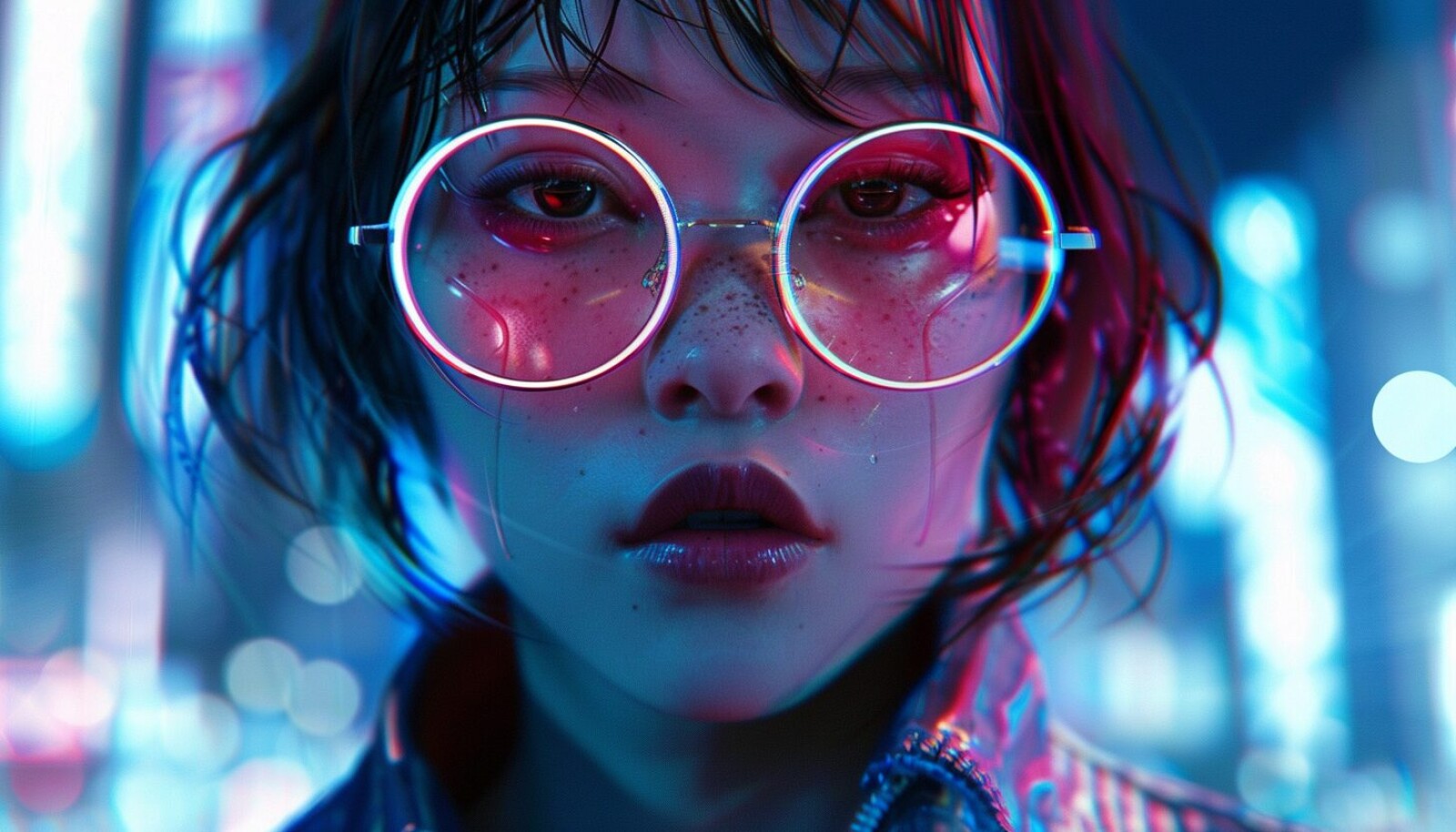
Satoshi Nakamori
Unleashing the Future: How Dynamic NFTs Are Transforming the Digital World

Dynamic NFTs, or dNFTs, represent the next frontier in the world of non-fungible tokens, offering a level of interactivity and programmability previously unseen. Unlike static NFTs, which are fixed and immutable, dynamic NFTs can change and evolve based on external data inputs or specific conditions encoded within their smart contracts. This makes them particularly versatile and capable of serving a wide array of applications across different industries.
The Technological Backbone of dNFTs
At the core of dynamic NFTs is the use of smart contracts, predominantly built on the ERC-1155 token standard, which allows for both fungible and non-fungible tokens within the same contract. This standard provides the flexibility needed for dNFTs to adapt their properties in response to real-world data. Oracles play a crucial role in this ecosystem by bridging the gap between off-chain data and blockchain networks, ensuring that dNFTs can react to external conditions like sports scores, weather changes, or market prices.
Chainlink, a prominent oracle service, is often utilized to fetch and verify this external data, ensuring that updates to the NFT are secure and reliable. For instance, Chainlink’s Data Feeds can provide real-time sports statistics to update a sports-related dNFT, while its Verifiable Random Function (VRF) can introduce randomness in gaming dNFTs to determine in-game outcomes like loot drops.
Key Use Cases of Dynamic NFTs
- Gaming:
The gaming industry is one of the most significant adopters of dynamic NFTs. These tokens can represent in-game items that evolve as players achieve specific milestones. For example, a weapon in a game might start as a basic sword but can become more powerful as the player levels up. Games like CryptoKitties and various play-to-earn platforms use dNFTs to enhance player engagement by allowing digital assets to transform based on gameplay.
- Digital Art:
Dynamic NFTs have opened new avenues for digital artists, enabling them to create artworks that change over time or in response to certain events. Artists like Beeple have experimented with this concept, creating pieces that evolve based on viewer interaction or external events. This not only increases the value of the art but also provides a unique and engaging experience for collectors.
- Real Estate:
In the real estate sector, dynamic NFTs can represent property whose value and details update in real-time based on market conditions. This ensures that buyers and sellers have the most accurate and up-to-date information, facilitating better decision-making. By using oracles to pull in relevant data, these dNFTs can reflect changes in property valuations, making the tokenization of real estate more practical and reliable.
- Digital Identity and Authentication:
Dynamic NFTs can also be used for digital identity management, where a single NFT can evolve to reflect a user’s achievements, credentials, or status. This can streamline verification processes in various sectors, including education, professional networking, and social media, by providing a dynamic and continuously updated representation of an individual’s digital identity.
- Collectibles and Loyalty Programs:
The collectibles market is being transformed by dNFTs, which can change based on various factors, adding an element of gamification. For instance, a collectible card representing an athlete could change based on the player’s performance. Similarly, brands can use dNFTs in loyalty programs to reward customers dynamically based on their interactions and purchases, creating a more engaging and personalized experience.
Real-World Examples of Dynamic NFTs
- LaMelo Ball NFTs: NBA player LaMelo Ball’s dynamic NFTs change based on his real-life game statistics. These NFTs offer benefits to holders, such as changes in visual elements when he achieves specific milestones like scoring a certain number of points.
- The Merge by Pak: This dynamic NFT project sold nearly $92 million worth of “mass” tokens. The artwork evolves as more people buy into it, representing a collective growth in the value and size of the digital art piece.
- Async Art: A platform that allows artists to create programmable art pieces, where each element of the artwork can be altered based on predefined rules or external data inputs.
Future Potential of Dynamic NFTs
The potential for dynamic NFTs is vast, with continuous innovation expected as more industries recognize their value. From creating more engaging digital experiences to providing up-to-date asset valuations, dNFTs are set to revolutionize how digital assets are created, used, and traded. As blockchain technology advances and the integration with real-world data becomes more seamless, the adoption of dynamic NFTs will likely expand, unlocking new possibilities for creators, developers, and consumers alike.
Dynamic NFTs are not just a technological advancement but a paradigm shift in how we interact with digital content. Their ability to adapt and respond to real-world conditions makes them a powerful tool in the digital economy, promising a future where digital assets are as dynamic and interactive as the world we live in.














